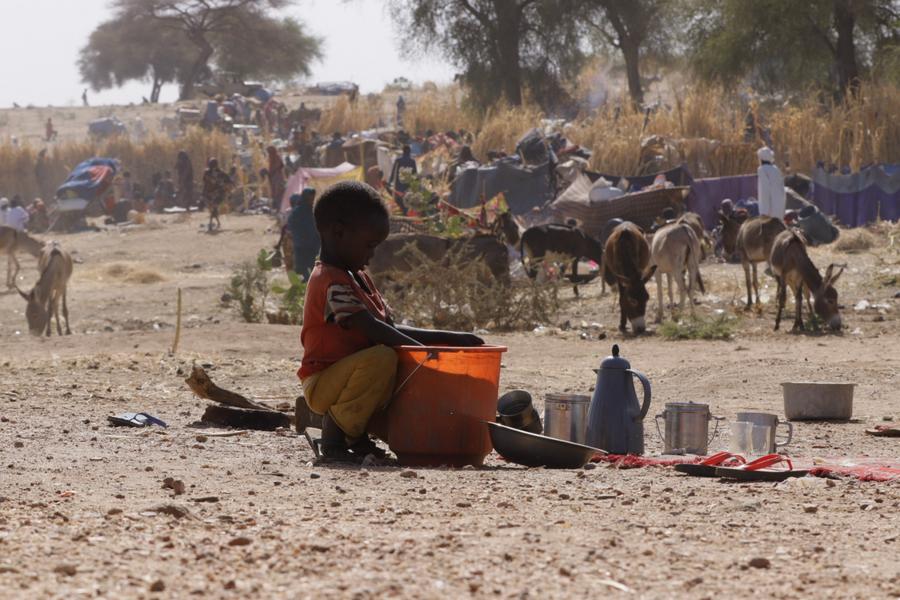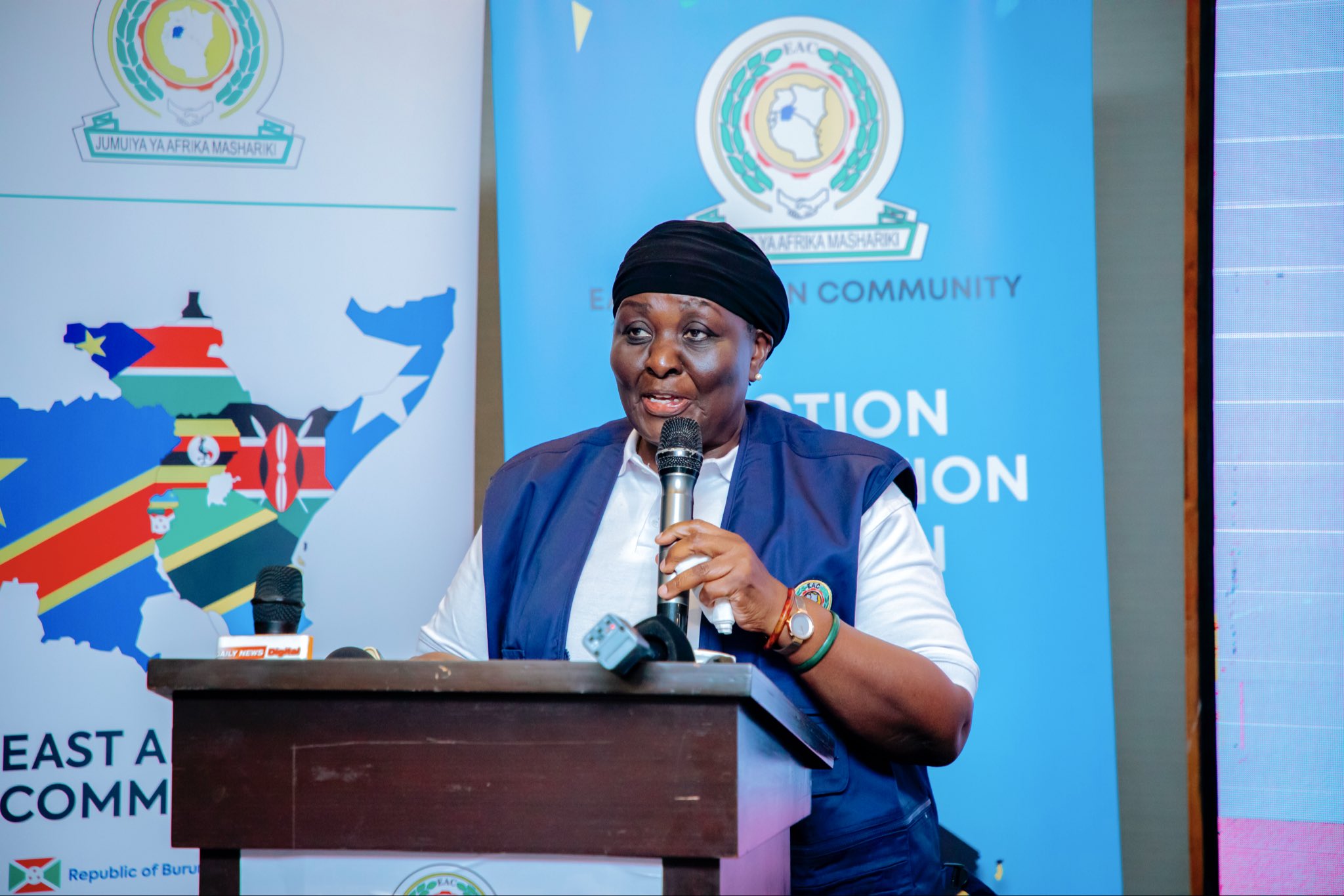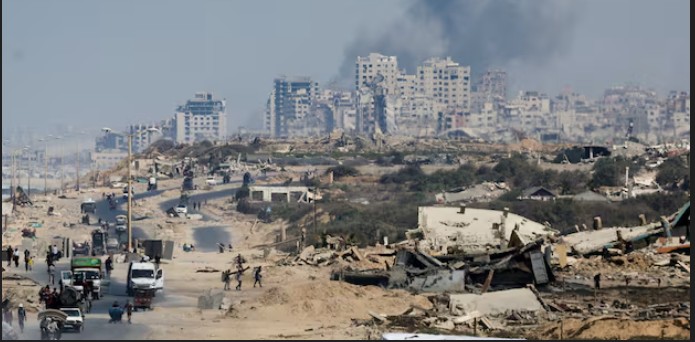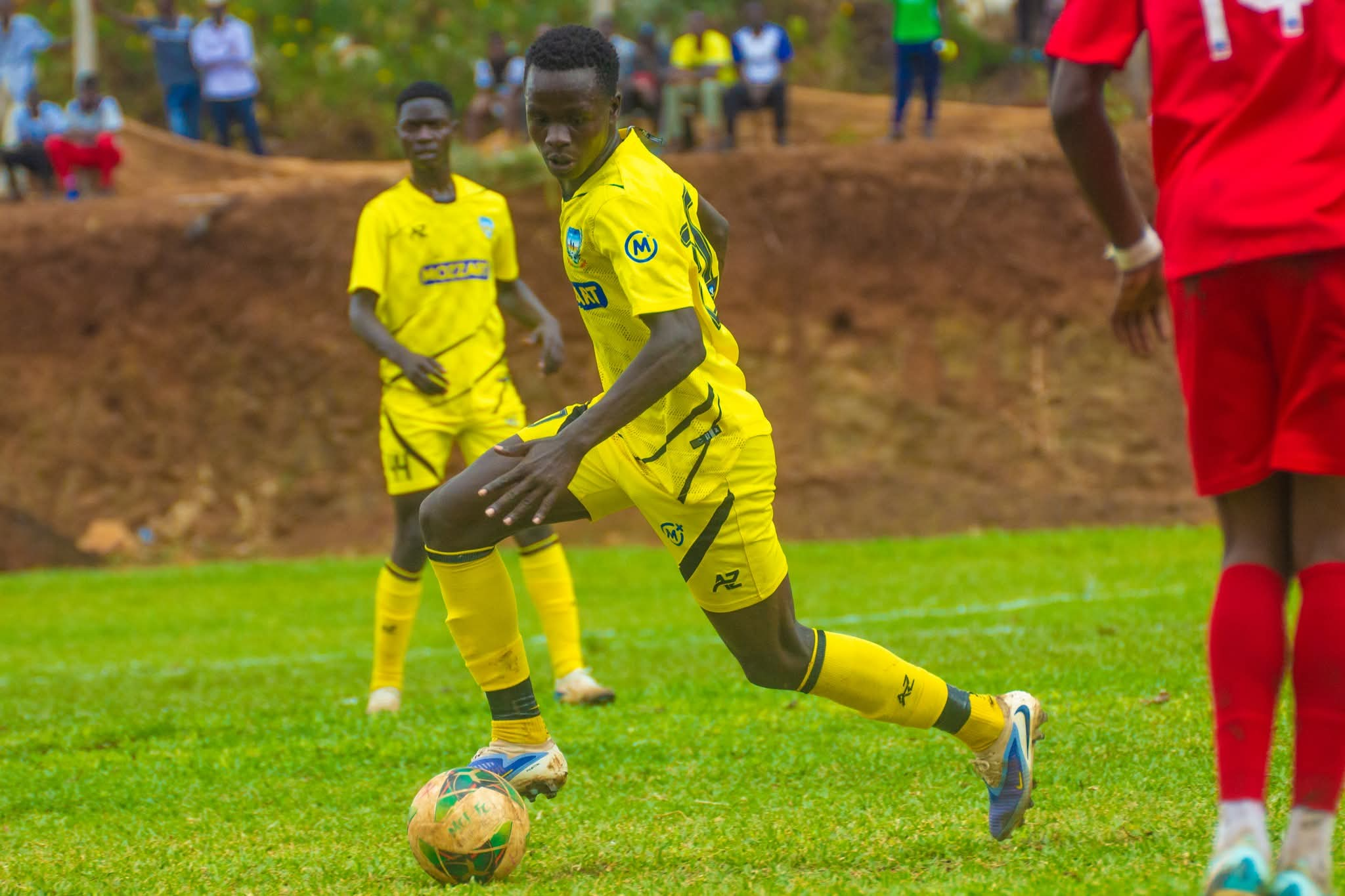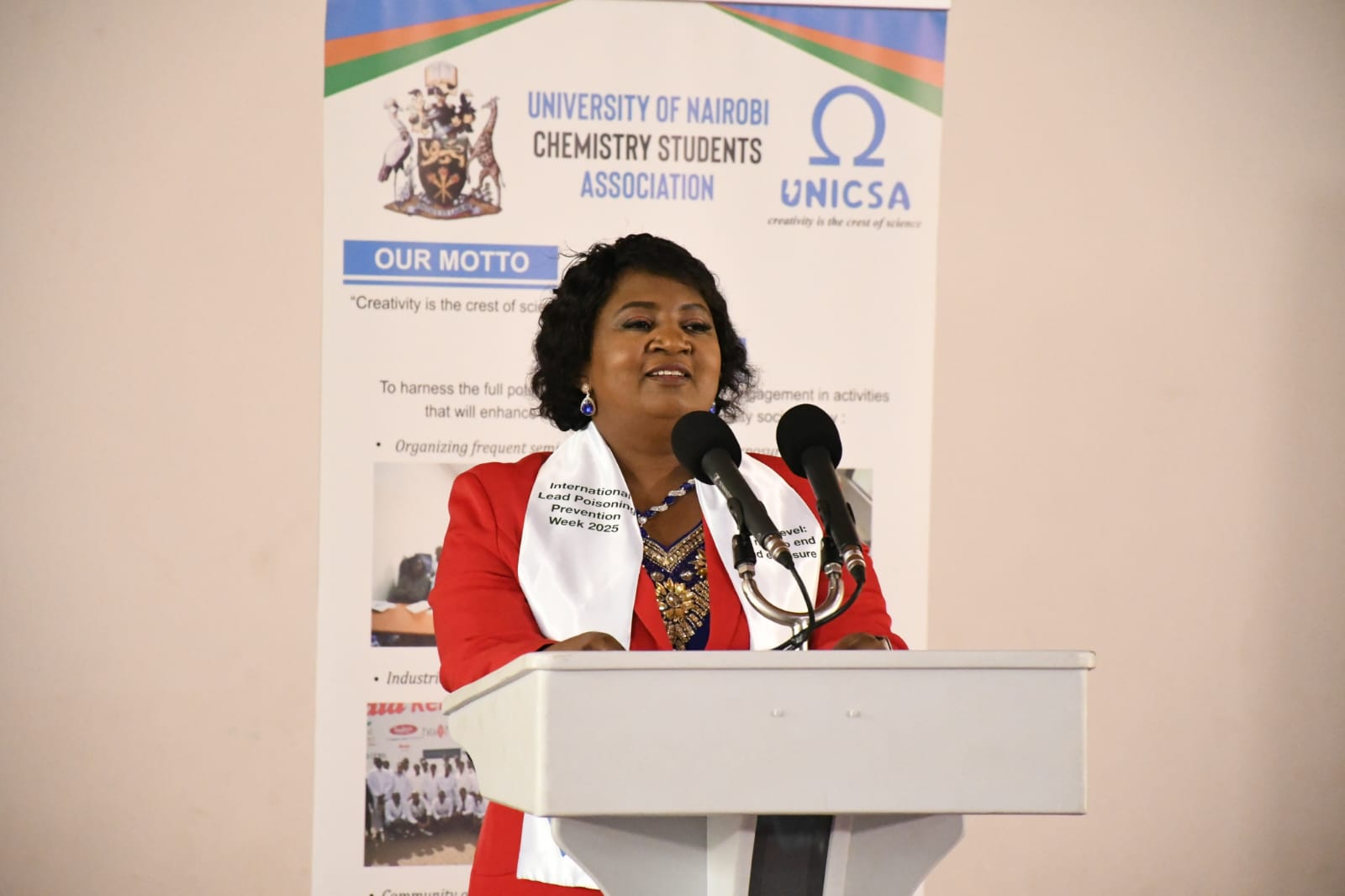Beyond birth: The silent struggles of teenage mothers
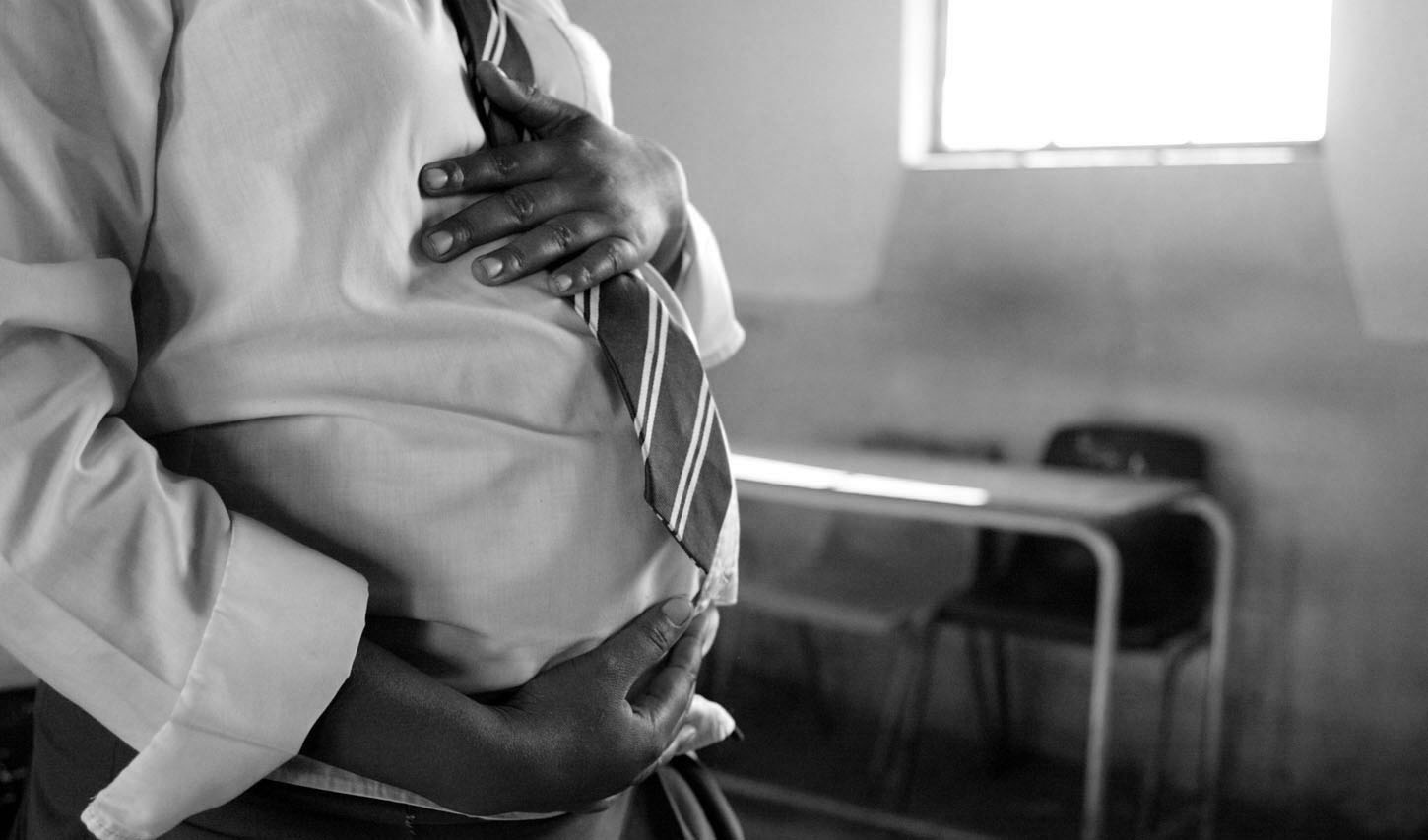
According to the World Health Organisation (WHO), adolescent girls face numerous risks during pregnancy and childbirth that contribute to higher rates of maternal and neonatal complications compared to older women.
At just sixteen, when most girls are dreaming about their future, Fatuma Saiid’s world came crashing down. What began as a teenage romance quickly turned into a nightmare that would change her life forever.
“You want to trap me with a child.” Those were the words that cut through her heart, words from the person she thought would stand by her.
More To Read
- Barriers to care: How systemic failures endanger teenage mothers in Kenya
- Hidden risks of over-the-counter drugs in early pregnancy
- Teen pregnancy declines nationally but Mandera sees sharp increase – KNBS report
- Holiday Hurdles: Parents in slum areas share tactics for steering kids away from trouble
- Discrimination and stigma pushing pregnant teenage girls to suicide
When Fatuma found out she was pregnant, fear consumed her. She turned to the one person she believed would understand — the person responsible for her pregnancy. Instead of support, she was met with anger and rejection.
“Where was your mind? Why didn’t you protect yourself?” he asked.
The accusations echoed in her head, leaving her feeling small, ashamed, and alone.
At sixteen, Fatuma felt she had nowhere to turn. Her parents were strict and unapproachable, and in her community, a teenage pregnancy was a mark of disgrace. Girls who got pregnant were bullied — not only at home but also in school and among their peers.
“I had to hide my pregnancy because I didn’t know how to tell my parents,” she recalls. “I was growing weaker and weaker, but I couldn’t share it with anyone.”
Morning sickness was masked by excuses; doctor visits were avoided out of fear of being exposed. Her friends suggested risky ways to end the pregnancy. But Fatuma’s fear of death kept her from trying.
For seven months, she managed to hide her growing belly by wearing baggy clothes, avoiding her mother, and coming home late from school. “My mother was busy, so she didn’t notice.”
When hiding became impossible, Fatuma ran away from home, desperate to protect her secret. Her plan was simple but heartbreaking: give birth far away, leave the baby at an orphanage, and return home pretending nothing had happened.
But fate had other plans. Her parents found out through a friend and persuaded her to come back home. What followed was a period of pain she still struggles to describe.
For Fatuma, giving birth as a teenager was the most horrific experience of her life. The physical pain was unbearable, but what hurt even more were the eyes watching her.
“I was slapped, shouted at, humiliated. It felt like they wanted me to feel every ounce of pain, just so I would never make the same mistake again.”
In that delivery room, she wasn’t seen as a scared girl bringing life into the world, she was treated like a lesson, a warning, a shame to be corrected through pain.
“After giving birth, my parents insisted I go back to school immediately, but I still had to take care of my baby. The crying, the pain, the depression — nobody cared.”
Every time her baby cried, she was reminded of her “mistake.”
“When the baby was sick, it was my fault. When the baby cried, it was my fault,” she says. “I had to do house chores, take care of my baby, and still perform well in school. The mental torture and guilt were unbearable.”
After giving birth, Fatuma slipped into postpartum depression — a deep sadness and exhaustion she couldn’t explain. But no one seemed to care. Her tears and silence were dismissed as “pretending” or “seeking attention.”
Fatuma admits she thought about giving up many times. The shame, blame, and constant criticism drained her of hope. When she finally finished secondary school, she decided to get married — not out of love, but as an escape from the pain.
Teenage pregnancies
As teenage pregnancies continue to rise in Kenya, experts warn that the challenges facing young mothers go far beyond childbirth complications. Because of their developing anatomy, many adolescent girls endure extremely painful deliveries, but the struggle doesn’t end there. Postpartum depression among teenage mothers often goes undiagnosed and untreated.
Dr Esther Mukuhe, a Nairobi-based health practitioner, notes that she has encountered numerous teenage mothers across different communities, some married off early due to cultural practices, others driven into early motherhood by poverty or teenage relationships. Regardless of the cause, she says, they all face similar emotional and physical challenges.
“Postpartum depression, which is already common among women who give birth, is even more prevalent among teenage mothers,” Dr Mukuhe explains. “The stigma they face, coupled with the enormous responsibility of raising a child while still being children themselves, makes it much harder for them to cope.”
She adds that many teenage mothers start antenatal care very late, often due to fear, stigma, or lack of awareness, which increases health risks that could have been detected and treated earlier.
“One of the most common challenges we see is anaemia,” Dr Mukuhe says. “Because their bodies are still young and fragile, many teens are prone to anaemia, but it often goes untreated, exposing them to serious complications that can even lead to death.”
The shame and embarrassment surrounding teenage pregnancy also take a heavy toll on mental health. Many young mothers suffer in silence, battling depression and isolation, conditions that endanger both their own well-being and that of their babies.
“Some girls, even after giving birth safely, lose their babies later due to lack of support or neglect themselves out of depression,” Dr Mukuhe adds. “The emotional wounds are deep and too often ignored.”
Dr Mukuhe notes that in some cases, teenage mothers experience severe birth-related tears because their bodies are not fully developed for childbirth. Others may develop an obstetric fistula as a result of these complications, while some suffer from infections due to fear of seeking medical help or informing their parents or guardians.
“Many of these girls make poor health decisions out of fear or shame, which creates a ripple effect that can harm both mother and child,” she explains.
Dr Mukuhe emphasises that supporting teenage mothers is crucial, even after they have given birth. “Don’t neglect her because she has had a baby. Her health and the baby’s depend on proper nutrition, care, and mental well-being.”
According to the Kenya Demographic and Health Survey (KDHS) 2022, several factors contribute to teenage pregnancy in Kenya. The national prevalence of teenage pregnancy stands at 15 per cent, a decline from 18 per cent in 2014. However, significant disparities persist based on education, wealth, and geographic location.
Education is a critical determinant. Approximately 40 per cent of women aged 15–19 with no education have experienced pregnancy, compared to only 5 per cent of those with more than secondary education. This underscores the protective effect of education in delaying sexual debut and childbearing.
Wealth also plays a significant role. In the lowest wealth quintile, 21 per cent of women aged 15–19 have been pregnant, whereas only 8 per cent in the highest wealth quintile report the same. This suggests that poverty limits access to education, healthcare, and information, increasing vulnerability to early pregnancies.
Geographic disparities are notable. Counties such as Samburu (50 per cent), West Pokot (36 per cent), Marsabit (29 per cent), and Narok (28 per cent) report the highest teenage pregnancy rates, while Nyeri and Nyandarua have the lowest at 5 per cent each. These variations are influenced by local cultural norms, access to services, and socio-economic conditions.
Child marriages
Child marriage remains prevalent in certain regions, exposing girls to early childbearing and its associated risks.
Female Genital Mutilation (FGM) continues to be practised in some communities, often leading to early marriages and subsequent teenage pregnancies.
Gender-Based Violence (GBV) is a significant issue, with many adolescents experiencing violence that limits their autonomy and access to reproductive health services.
Limited access to adolescent-friendly sexual and reproductive health (SRH) services hinders many teenagers from seeking necessary care and information. Barriers include stigma, lack of confidentiality, and inadequate youth-targeted services.
Addressing these determinants requires a multifaceted approach, including improving education, enhancing access to SRHR services, addressing cultural practices, and empowering adolescents to make informed choices.
Globally, the adolescent fertility rate has declined by approximately one-third since 2000. However, disparities persist, with East and Southern Africa having the highest rates of teenage pregnancies.
Risks during childbirth
According to the World Health Organisation (WHO), adolescent girls face numerous risks during pregnancy and childbirth that contribute to higher rates of maternal and neonatal complications compared to older women.
Adolescents aged 10–19 years are at increased risk of developing eclampsia and puerperal endometritis. Their smaller pelvic size makes them more susceptible to obstructed labour, which can lead to severe complications.
They are also more likely to experience preterm labour, resulting in premature births with associated health challenges for their newborns. Additionally, adolescents are at a higher risk of resorting to unsafe abortion methods, which increases the likelihood of complications and maternal death.
The babies of adolescent mothers are more likely to have low birth weight, which can lead to developmental and health challenges, and they also face a higher risk of preterm delivery, increasing the likelihood of neonatal complications.
Psychosocially, adolescent mothers are more prone to developing mental health disorders, including depression and anxiety, due to the physical, emotional, and social challenges of early motherhood. They also often face social stigma and discrimination, which can negatively affect their mental well-being and access to support systems.
Top Stories Today
